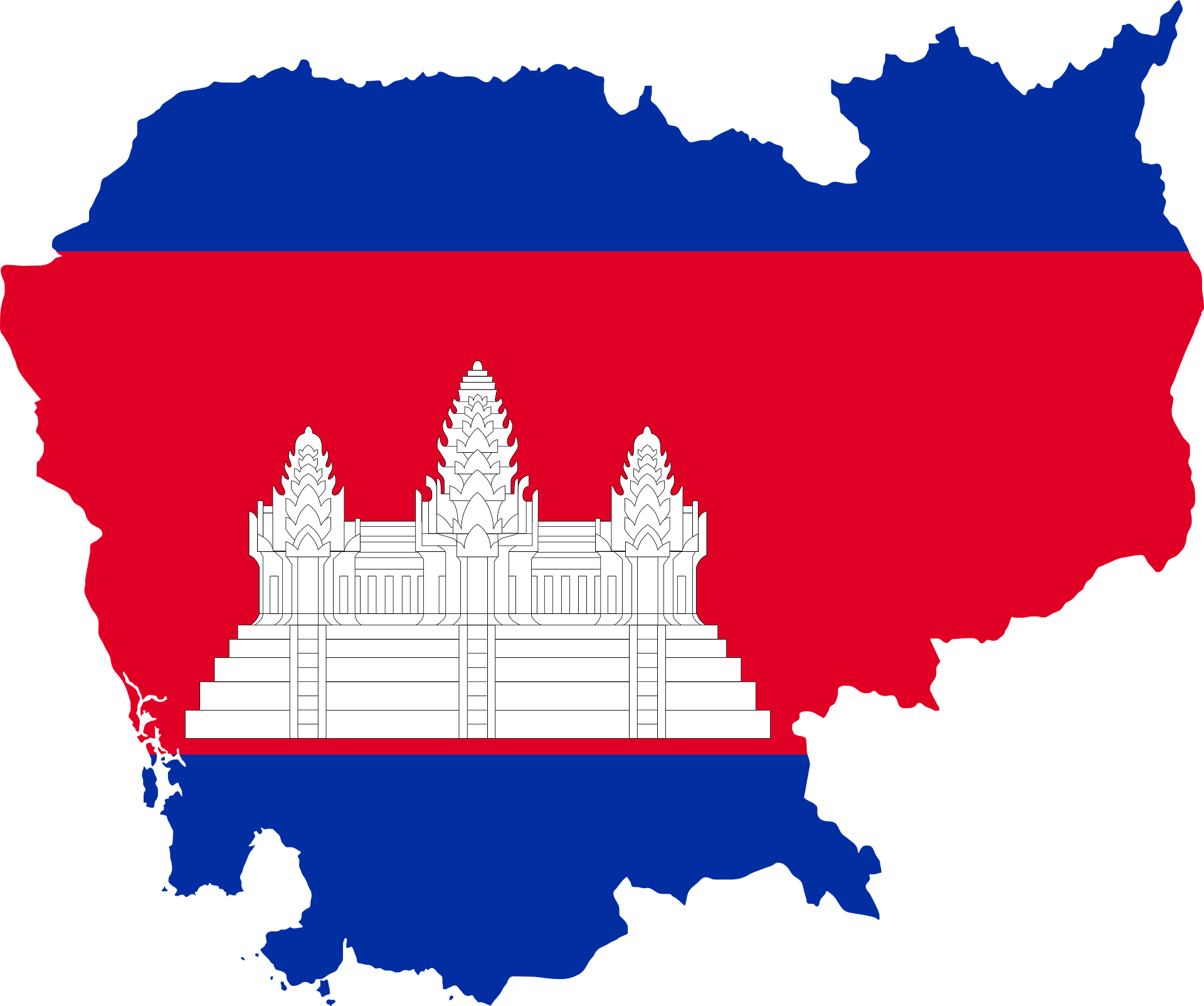Cambodia, a land of mesmerizing contrasts, beckons to those seeking an adventure that transcends time and space. Its rich history and diverse geography create a tapestry of awe-inspiring stories and landscapes that captivate the imagination. Embark on a remarkable journey through Cambodia’s history and geography, where ancient legacies meet modern progress in a harmonious blend.
1.Unveiling Cambodia’s Historical Tapestry
The heartbeat of Cambodia echoes with the grandeur of the Khmer Empire, which left an indelible mark on the nation’s history. At the heart of this legacy stands Angkor Wat, an architectural marvel that symbolizes the empire’s splendor. As the world’s largest religious monument, its intricate carvings and majestic structures provide a glimpse into Cambodia’s past.
Amidst the echoes of history, the French colonial era imprinted its own charm on Cambodia. Colonial architecture can be seen in Phnom Penh, where elegant boulevards and old buildings reveal the enduring influence of this period. The convergence of ancient temples and colonial architecture offers a unique fusion that speaks to Cambodia’s historical complexity.
2.Traversing Cambodia’s Geographical Diversity
Cambodia’s geography is a masterpiece painted with diverse hues. The lush jungles of the Cardamom Mountains and the rolling hills of the Central Plains create a vivid contrast. Alongside these landscapes, Cambodia is adorned with serene beaches along its coastline. The Gulf of Thailand’s crystal-clear waters meet the golden sands, providing a tranquil retreat for travelers seeking relaxation.
The Mekong River, often referred to as the “Mother of Water,” weaves a narrative of life and sustenance throughout Cambodia. Its flowing waters connect towns, carry history, and shape the livelihoods of countless communities. Tonle Sap Lake, a unique geographical wonder, experiences an annual reversal of flow, creating an ecosystem that sustains both wildlife and human populations.
3.From Turmoil to Triumph: Navigating Cambodia’s Modern History
Cambodia’s history isn’t devoid of challenges. The Khmer Rouge regime cast a shadow over the nation, leaving scars that are still healing. The Killing Fields at Choeung Ek stand as a somber testament to this period, reminding us of the importance of remembrance and reconciliation. In the face of adversity, Cambodia has risen, fostering an environment of development, stability, and progress.
In recent years, Cambodia has emerged as a symbol of resilience and growth. Efforts to rebuild and preserve historical sites demonstrate the country’s commitment to learning from its past while marching towards a brighter future. Despite its history, Cambodia’s spirit remains unbroken, epitomizing triumph over adversity.
4.Cultural Mosaic: People, Traditions, and Society
At the heart of Cambodia’s beauty lies its people, who represent a rich tapestry of ethnicities and cultures. The harmony of these diverse groups creates a vibrant society that values unity in diversity. Buddhism, deeply woven into the fabric of Cambodian life, shapes traditions, ceremonies, and daily rituals.
Colorful festivals, such as Khmer New Year and Water Festival, showcase the vivaciousness of Cambodian culture. Traditional arts, from Apsara dance performances to intricate handicrafts, embody the soul of the nation. This cultural mosaic reflects a society that cherishes its heritage while embracing progress.
5.Modern Marvels: Cambodia’s Emerging Urban Landscapes
Cambodia’s urban landscape is a testament to its evolution. The vibrant capital, Phnom Penh, seamlessly blends modern development with historical charm. Modern skyscrapers coexist with colonial-era structures, creating a juxtaposition that mirrors Cambodia’s journey through time.
Urbanization, while a sign of progress, also poses challenges in preserving historical and cultural elements. As Cambodia’s cities expand, efforts to balance growth with conservation become paramount. The country’s ability to maintain its unique identity while embracing modernity is a testament to its resilience and vision.
Conclusion As our journey through Cambodia’s history and geography comes to a close, we’re left with a profound appreciation for the tapestry of stories that have shaped this land. Cambodia’s ancient past intertwines with its dynamic present, creating an indomitable spirit that resonates with visitors and locals alike. From the monumental temples of Angkor Wat to the bustling streets of Phnom Penh, Cambodia is an awe-inspiring destination that invites exploration and discovery.
